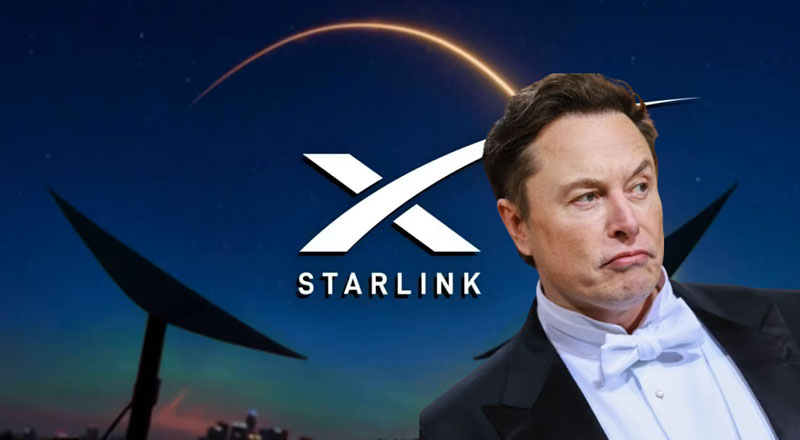A New Age of Connectivity on the Horizon
India’s digital infrastructure may soon witness a significant leap as Elon Musk’s Starlink satellite internet service edges closer to launch. In a major development, a delegation from Starlink recently met with Union Commerce and Industry Minister Piyush Goyal in New Delhi, marking the first formal interaction between the company and the Indian government.
This move comes amid ongoing efforts to bridge the rural-urban digital divide and enhance internet penetration in remote regions. Starlink, a subsidiary of SpaceX, aims to revolutionize global broadband access through low Earth orbit (LEO) satellite technology, and its potential arrival in India could reshape the country’s connectivity landscape—especially in underserved areas.
The Meeting: High-Level Discussions Signal Progress
The delegation from Starlink included Vice President Chad Gibbs and Senior Director Ryan Goodnight, who presented an overview of the company’s technology, partnerships, and investment plans. Minister Goyal later posted a photo of the meeting on X (formerly Twitter), stating that they discussed “innovative technology platforms and investment potential” for India.
While Starlink is still awaiting final regulatory clearance from the Department of Telecommunications (DoT), insiders suggest that the company has already agreed to most conditions required for approval. This meeting signifies growing alignment between the Indian government and Starlink, suggesting that the much-anticipated rollout may finally be around the corner.
Collaborations and Market Entry Strategy
In a strategic move to ease its market entry, Starlink has partnered with Indian telecom giants Reliance Jio and Bharti Airtel. These collaborations will enable Starlink’s devices and services to be distributed through their extensive retail networks. Such partnerships are expected to accelerate adoption and help the service scale quickly once regulatory hurdles are cleared.
Starlink’s service, already active in over 100 countries, uses a network of over 4,400 Gen-1 satellites and 2,500 Gen-2 satellites, with plans to increase this number to 30,000 satellites in total. The technology promises high-speed internet, even in rural or inaccessible regions, by beaming signals directly from orbit.
Global Expansion and Technological Edge
Globally, Starlink continues to expand rapidly. In a recent announcement, Elon Musk confirmed that Starlink has secured operating rights in Somalia, a nation long underserved by traditional telecom infrastructure. The Somalia rollout underscores Starlink’s value proposition: delivering high-speed internet where traditional broadband is not viable.
India’s vast rural population and topographical challenges make it a prime candidate for such satellite-driven solutions. If launched successfully, Starlink could complement existing telecom services, enhance education and healthcare in remote areas, and support digital governance initiatives.
Regulatory Green Light Could Ignite India’s Satellite Internet Revolution
With regulatory approvals pending but negotiations progressing, the meeting between Starlink executives and Minister Piyush Goyal signals a critical step forward. If the final agreements are sealed, Starlink could begin operations in India in the near future, opening doors to reliable, high-speed internet in regions currently off the digital map.
As India aims to become a $1 trillion digital economy, satellite-based internet will play a pivotal role in making that vision inclusive and accessible. For Starlink, India represents not just a market—but a mission.
(With inputs from agencies)





